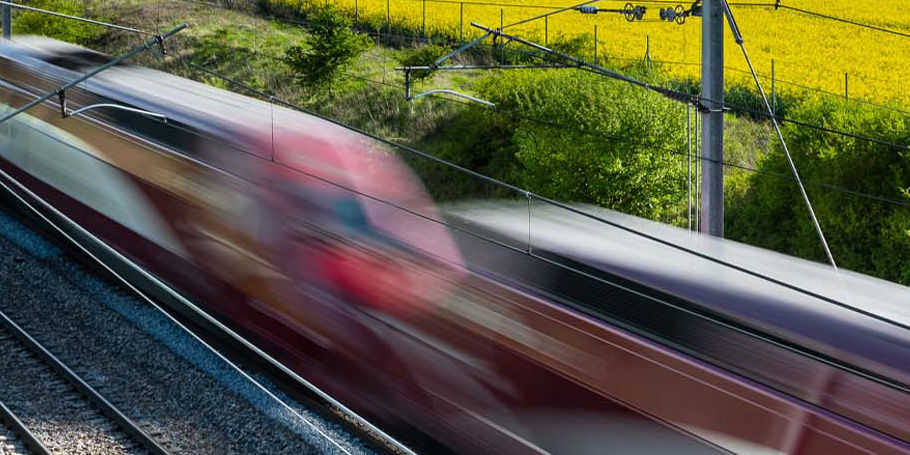How do countries unlock the value of high-speed rail?
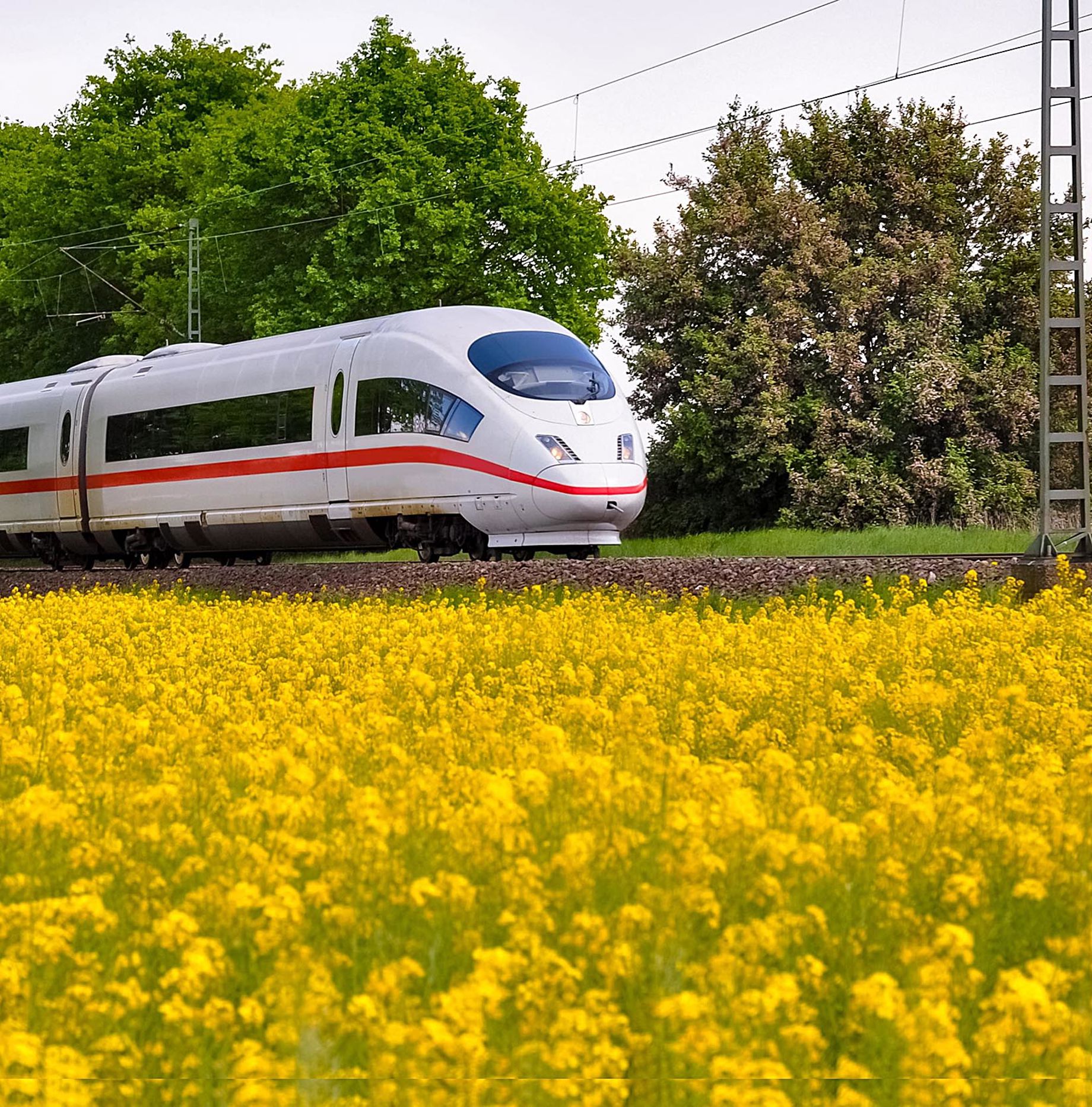
Rail networks represent some of the most valuable and significant public infrastructure a country will ever develop. High-speed rail builds on these core strengths, with greater speed leading to increased capacity and stronger connections between distant locations. Faced with the simultaneous need to keep growing populations moving, while getting more people out of private cars and planes, and reducing overall CO2 emissions from transport, more and more countries are investing in high-speed rail.
If you’ve ever travelled on Japan’s Shinkansen, or taken the TGV from Paris to Marseille, the case for high-speed rail is clear – point-to-point travel in comfort at impressive speed. At the same time, every country that has developed a high-speed rail system will tell you about the hard work and commitment in time and money it takes to produce. As high-speed rail planners, engineers and designers, Arup has worked on systems in six continents, gaining a wealth of instructive conclusions about what shapes a successful scheme in the process.
How do we tackle this issue?
Early stage planning and scheme design
As with any major national infrastructure, you have to make a credible and compelling business case for a system, usually in an environment where there is considerable competition for other forms of public transport investment. As our global high-speed rail leader, Andrew Went explains below, the business, economic, social and environmental cases must be unified and backed with a sound plan to meet the costs through available funding mechanisms, if a scheme is to find public and political support. That strength of that vision in turn goes on to inform every other decision from the route, to the station design, to the environmental management, rolling stock and passenger experience.
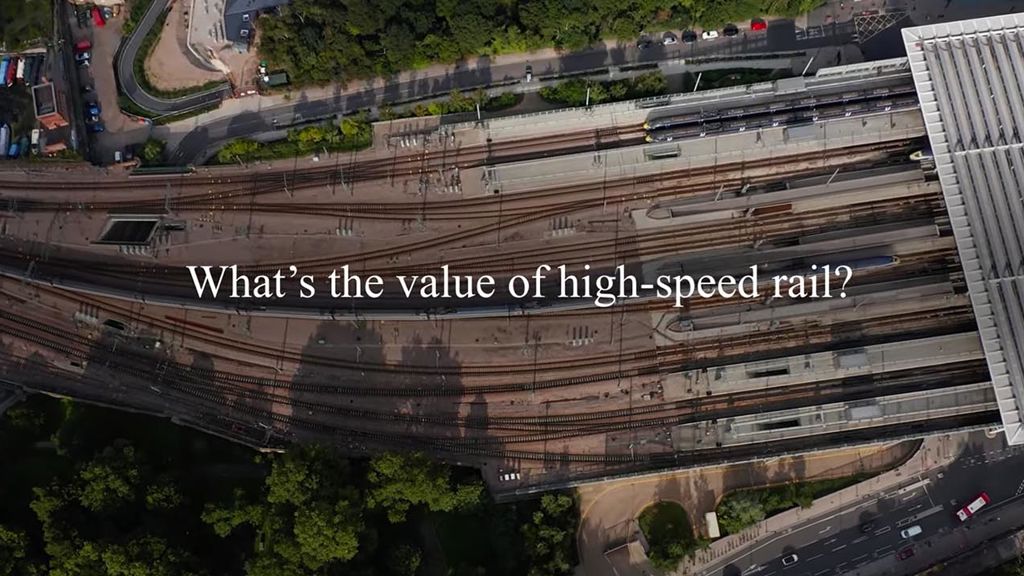
Identifying the best route, another key priority, isn’t just about negotiating the physical constraints of landscape, topology and existing developments, it should represent a long-term vision for how people’s towns, cities and lives can be improved.
This is why rail corridor planning is so critical. It identifies how (and where) to create the most beneficial opportunities while mitigating as much as possible the negative impacts that inevitably come with building major infrastructure. It requires integrated thinking between transport networks and land use to drive economic outcomes, for example thoughtful consideration on existing community settlement patterns, future travel demand and behaviours, station orientation, multimodal interfaces and place-based outcomes.
Our work on the UK’s high-speed 1 project, demonstrated how the socio-economic promise can and should be folded into the scheme, leading to benefits at every stop of the line. In reality, by investing in high-speed rail you develop a major economic growth corridor, one that offers transformational opportunities for people, communities, economies and the environment.
Infrastructure, integration and network design
Achieving the modal shift and wider economic benefits of high-speed rail is only possible with successful and seamless integration with the wider national transport network. This includes how the line will complement existing/planned transport infrastructure so that the service is high capacity, affordable, convenient and enjoyable to use from the first to last mile. It also includes thorough consideration of the wider rail network and the optimal line balance of running trains on dedicated high-speed track vs mixed used rail lines, particularly as you enter cities. If you get that right, encouraging people out of cars and planes and onto rail networks becomes a much easier task – as does the movement of goods between ports and cities.
Stations and placemaking
Rail stations have always been the vital hubs of countries’ connectivity, part of an inclusive infrastructure system that drives economies and works for everyone. They too have an important role to play in helping to lure travellers out of cars and planes onto trains but with such heavy competition across lifestyle and technology, today’s sophisticated traveller expects far more from their stations.
High-speed rail hubs establish a strong base for placemaking, enabling the development of destination stations, mixing retail and leisure and underpinning the regeneration of whole city quarters. In the UK, research shows that HS2 will drive £10bn economic uplift in the West Midlands region in England over the next 10 years. The surge in regeneration and investment near HS2 stations and depot sites in the region includes 41,000 homes, 30,835 new jobs and 704,000 sqm of commercial floorspace will be generated in areas close to these three HS2 hubs. High-speed rail and national development go hand in hand.
Design can be cost-effective
For new stations on high-speed networks, there are significant opportunities for cost savings, particularly through the application of standardisation and modularisation (the ‘kit of parts’ approach) early in the design. Developing standardisation in stations design at the outset can create efficiencies across the whole life of the infrastructure from procurement and contracts management through to maintenance and renewals. But there can also be direct benefits to the customer who can enjoy a quality travel experience by intuitively navigating station spaces comfortably and easily. Of course, you don’t always need to build brand new infrastructure – adaptation and improvements to existing stations can be just as valuable. Learn how we took this approach to the masterplan for Sacramento Station in the USA.
Decarbonisation opportunities
Environmental considerations are of course also high on every client’s agenda. Targeting biodiversity net gain is increasingly becoming the standard in design and we’ve been working closely with clients really trying to spearhead exciting projects in this space at high speed stations like the HS2 Interchange station. But we know there’s so much more we can do to work with nature across stations, corridors, and the vast amounts of land that they own. The high level goal should be to deliver stations that are the pride and joy of the local community, support the transition to net zero and are well protected against the growing threat of extreme weather.
Research shows that embedding green landscaping in stations and surrounding areas helps to create environments that lower stress levels, allowing passengers and staff to function more calmly and effectively. Recent successful examples of these techniques include the roof top gardens at Hong Kong’s Admiralty Station or Canary Wharf in London.
Beyond the stations themselves, high-speed railways also present opportunities to design whole district-scale water, energy, and carbon-saving systems that can deliver decarbonisation benefits – an area of increasing interest and opportunity around the world.
Get in touch with our team
Projects
Explore more rail projects:
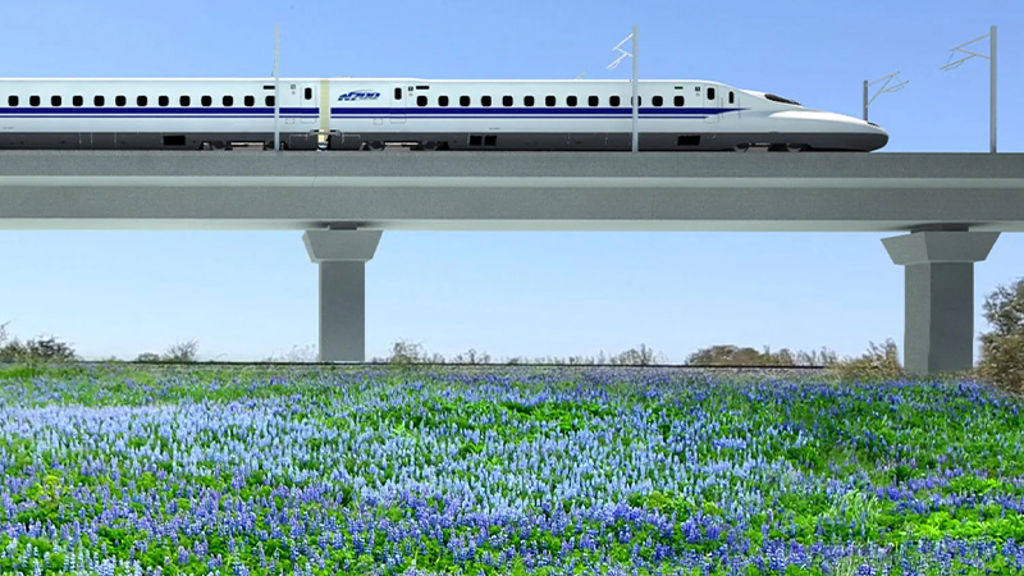
Establishing the alignment for a high-speed train between Dallas and Houston
Texas Central High-Speed Train, United States of America
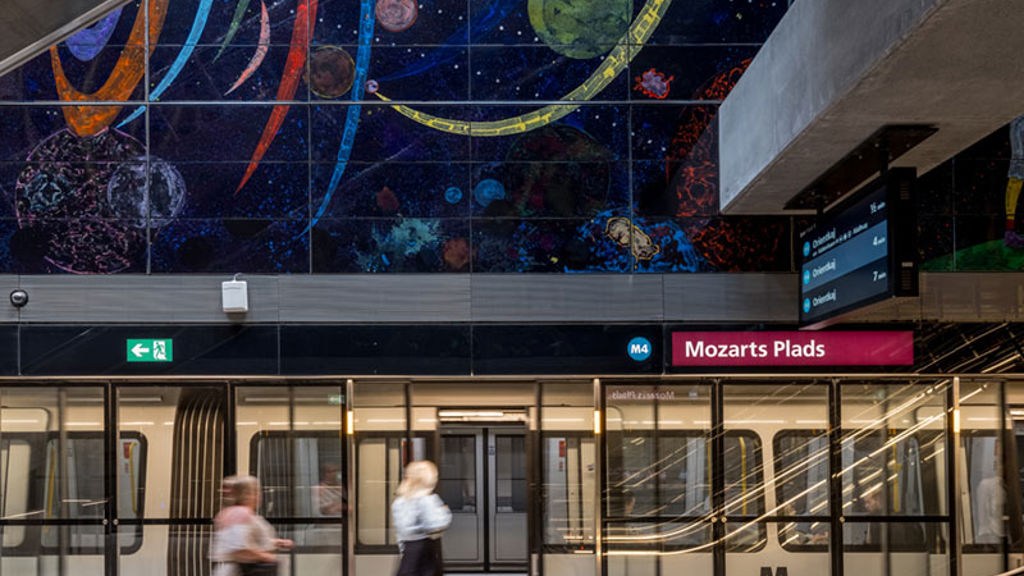
Realising a low-emission, efficient public transit vision for the Danish capital
Copenhagen Metro, Denmark

An ambitious station modernization program for New York’s subway system
MTA Enhanced Station Initiative, United States of America

Managing and supporting the delivery of sustainability services for California’s high-speed rail system
California High-Speed Rail Systemwide Sustainability Program, United States of America
Get in touch with us
If you'd like to speak to one of our rail experts about any of the issues raised on this page or a potential collaboration then please get in touch by completing the form.
